I was fascinated and came away excited and confused. The film hadn't persuaded me that Bernouille was wrong, but on the other hand it obviously couldn't be the whole story.
I am reading a book called Stick and Rudder, which has apparently been continuously in print for the last 60 years and is very well regarded. The author, Wolfgang Langewiesche, says it is all due to the angle of attack, and that while Bernouille is no doubt true, it obscures the whole business:
"Trying to understand the piloting of airplanes by concentrating on Bernouille
and Prantl is like trying to catch on to tennis by studying just exactly
how the rubber molecules behave in a tennis ball"
I have only just started the book, but essentially he says that all flight is about the angle of attack of an inclined plane (surface). So that is why my hand, which is not aerofoil sectioned, rises when I stick it out the car window, or why an aerobatic aeroplane with almost no hump in its wing flies equally well upside down!









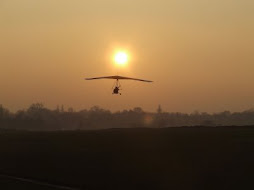

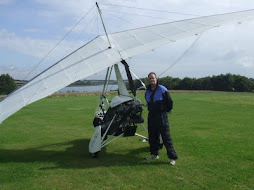









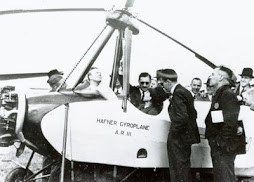

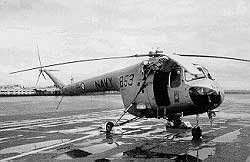
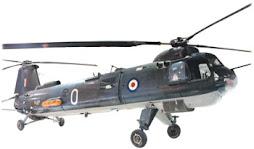









No comments:
Post a Comment